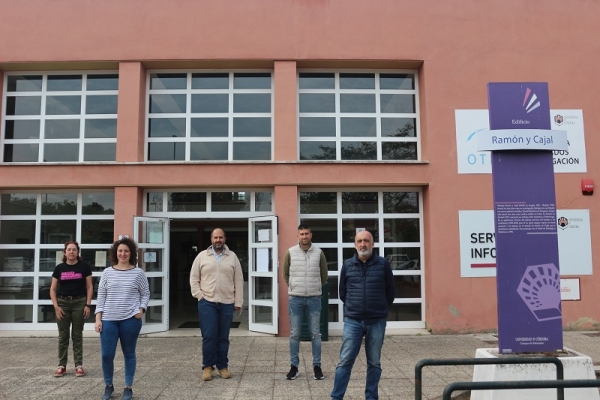Scrobiculariaplana is a type of wedge clam widely found along the coasts and estuariesof northern Europe, the Mediterranean and West Africa. Like other mollusks, it is used as a bioindicator to study pollution in these types of ecosystems, for its ability to accumulate heavy metals and organic pollutants.
A new study has managed to identify the transcriptome and the associated proteome of this bivalve, a finding that could represent an important leap forward in the early detection of pollutants in coastal areas. While the genome is the DNA content comprising the genetic information essential for life, the transcriptome includes only the information on genes that are expressed, while the proteome is the totality of proteins expressed at a given time and under specific conditions. Therefore, its reconstruction is key to understanding the molecular effects of pollution.
Thanks to this finding, the study has managed to identify proteins associated with a total of 174 biological processes. Among these are various molecular functions related to stress response mechanisms suffered by these organisms when they are subjected to pollution and its effects.
The work began with collaboration with the Institute of Marine Sciences of Andalusia, the "Molecular Biology of Stress Response Mechanisms" at the University of Cordoba, and the Central Research Support Service (SCAI) of the university institution, which saw to the bio-informatics component, key to the reconstruction of the transcriptome.
After isolating RNA samples from this mollusk under controlled conditions, explained researcher Carmen Michán, small genetic sequences were extracted. The study managed to combine three mathematical algorithms to order all these small fragments, reconstruct entire genes, and bring together all the pieces of this great biological puzzle.
This software tool provides a solid database for biomolecular analysis ,and constitutes a beacon to guide future work. Furthermore, according to Professor José Alhama, another of the researchers who participated in the study, "having this tool increases the likelihood of success of new studies, not only in studies with this specific bivalve, but also in other similar mollusks." The researcher explained that no similar study had been carried out on organisms of this type. Now, this reference map could help better gauge the effects of pollution on marine ecosystems before the damage is irreparable.
The work is part of the EPICS research project, funded by the Ministry of Economy and Competitiveness under the auspices of the State Program for R&D&I Oriented to the Challenges of Society. Ref. CTM2016-75908-R.
References
Francisco Amil-Ruiz, Ana María Herruzo-Ruiz, Carlos Fuentes-Almagro, Casimiro Baena-Angulo, José Manuel Jiménez-Pastor, Julián Blasco, José Alhamam Carmen Michán. Constructing a de novo transcriptome and a reference proteome for the bivalve Scrobicularia plana: Comparative analysis of different assembly strategies and proteomic analysis. Genomics Volume 113, Issue 3, May 2021, Pages 1543-1553. https://doi.org/10.1016/j.ygeno.2021.03.025


